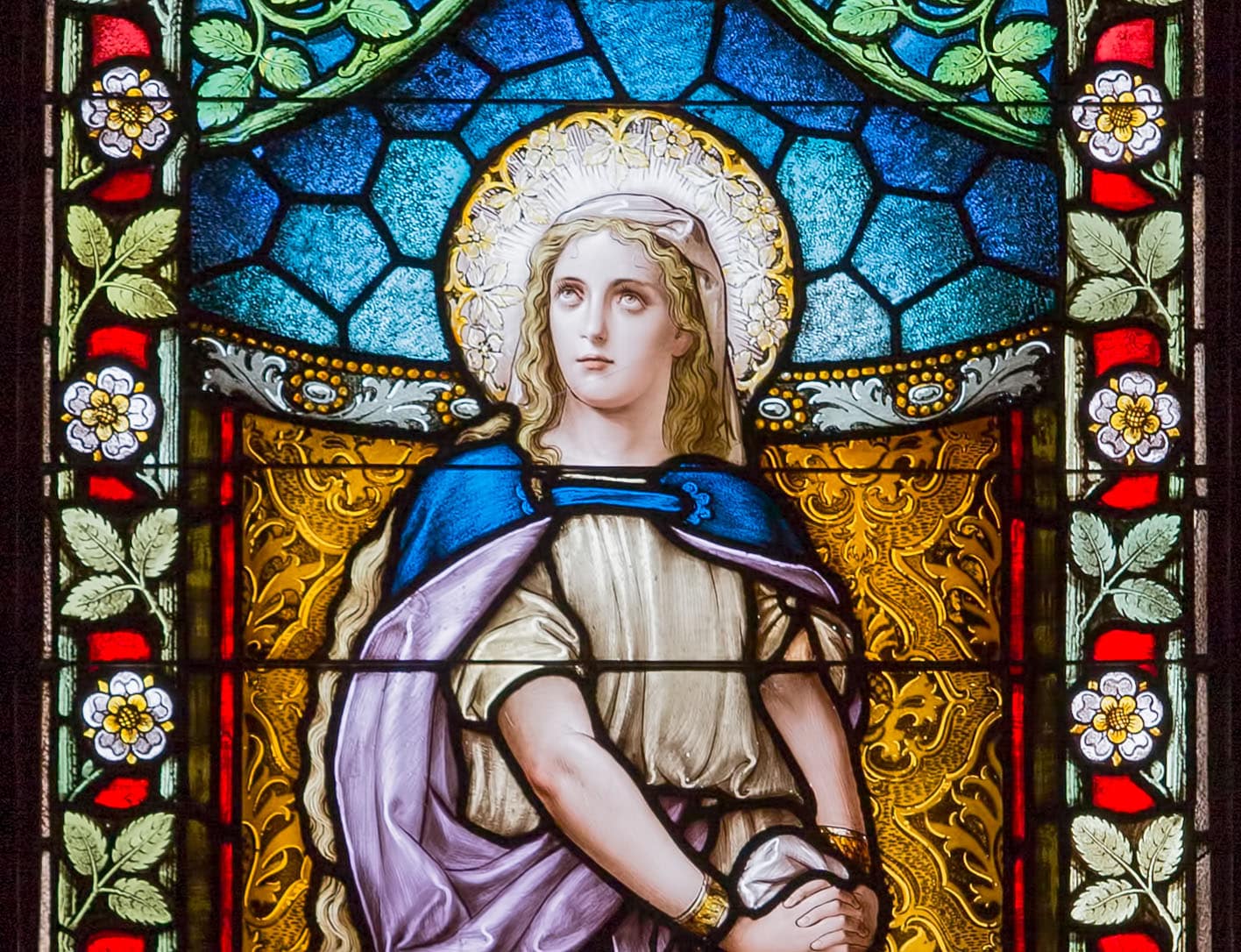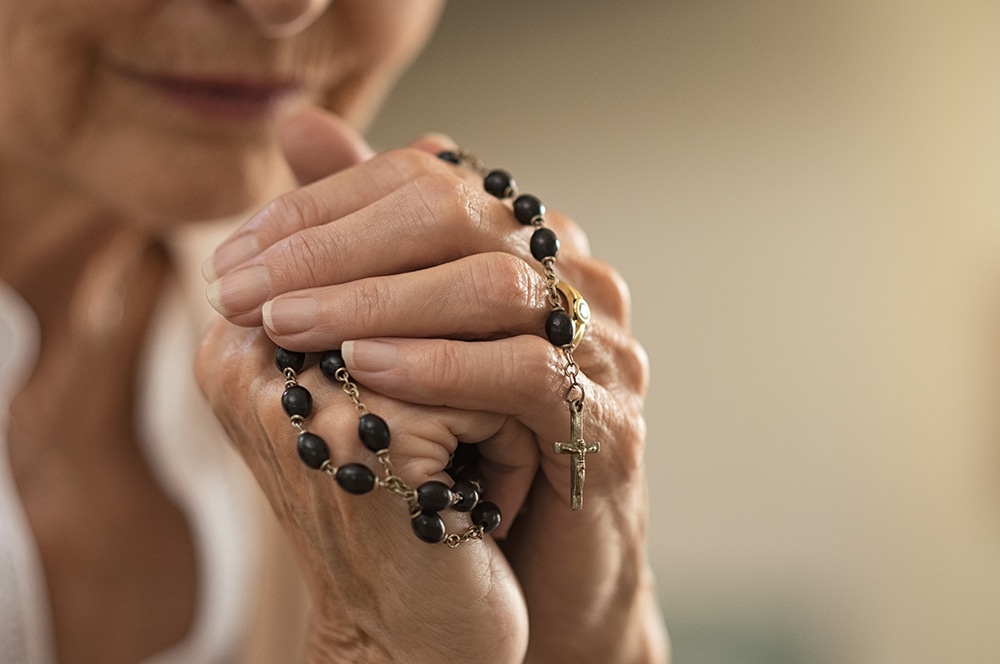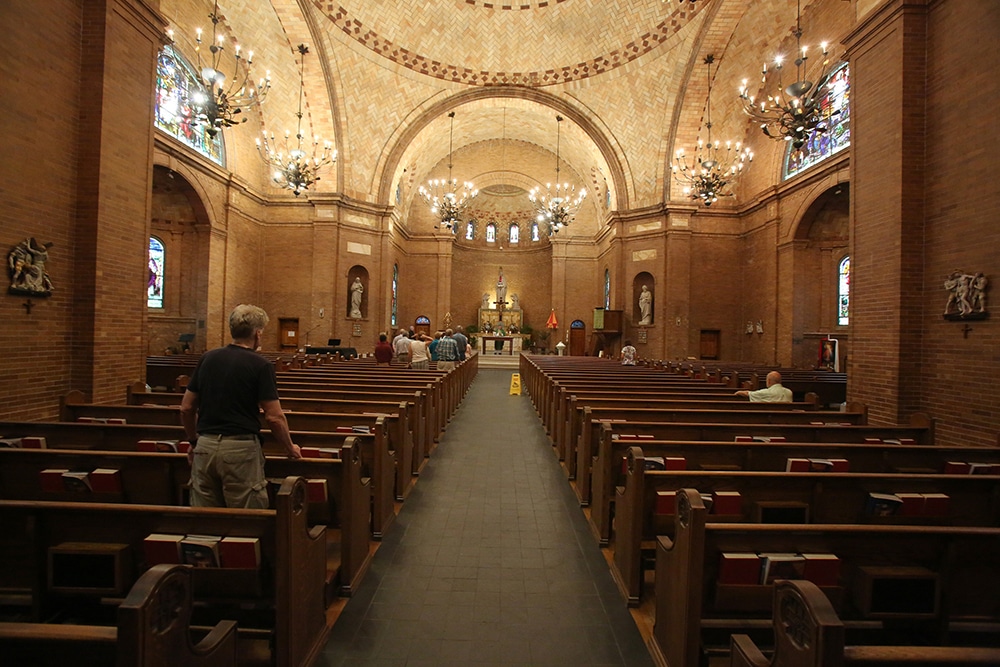Question: Is Mary Magdalene the sister of Martha and Lazarus and the one who anoints Jesus’ feet with perfumed oil?
— Lori Yarsky, Pittsburgh
Answer: The current consensus is that Mary of Bethany and Mary Magdalene are different women, but views in the Church have varied over the centuries.
Biblically, Mary Magdalene is so named because she came from Magdala in Galilee. This emphasizes a distinction between her and Mary of Bethany, a town in Judah. Mary of Bethany was the sister of Martha and Lazarus. We should also remember that Mary (Miriam) was a common name at Jesus’ time, hence the mention of “Mary” as the one who anointed Jesus’ feet in Bethany does not really help us relate or distinguish Mary of Bethany and Mary of Magdala.
However, from the Middle Ages and up to the liturgical changes of the 1960s, the Church tended to consider Mary of Bethany and Mary Magdalene as the same.
Largely based on the influence of the Western Father, Pope St. Gregory the Great, there was a conflation of Mary of Bethany with Mary Magdalene as well as with the woman caught in adultery and the “sinful woman” who washed Jesus feet with her tears.
This view was reflected liturgically in the Roman Rite until 1970. Prior to 1970, the feast of Mary Magdalene had a Gospel reading about the sinful woman and the opening prayer referred to Mary of Bethany. The Roman Missal of 1970, however, reflects the modern consensus that they are two different women. Thus in the current missal and calendar, Mary Magdalene’s feast day continues to be on July 22, but Mary of Bethany is celebrated, together with her brother, Lazarus, and their sister, Martha, on July 29.
The Eastern Fathers of the Church generally distinguished these as three different women in every period.
The role of Christ
Question: I want to sit down with my pastor and discuss why he has the laity proclaim the words of Christ during the reading of the Passion on Palm Sunday and Good Friday. He also has the laity wash feet, not himself.
— John Liberatore, via email
Answer: This was answered by the Congregation for Divine Worship and the Sacraments in 1988 in a document entitled Paschales Solemnitatis. It says: “The passion narrative … should be sung or read in the traditional way, that is, by three persons who take the parts of Christ, the narrator and the people. The passion is proclaimed by deacons or priests, or by lay readers. In the latter case, the part of Christ should be reserved to the priest” (No. 33).
Regarding the foot washing, the norms of the Roman Missal indicate this is done by the priest: “Then the Priest (removing his chasuble if necessary) goes to each one, and, with the help of the ministers, pours water over each one’s feet and then dries them” (No. 11 Holy Mass of the Lord’s Supper).
It seems your pastor has a diminished notion of the role of the priest as acting in the person of Christ during the liturgy. When a priest is present, he ought to assume the roles most directly referred to Christ and not consign this to others. Further, the command to wash the feet of others is most directed by Jesus to the apostles. Thus the clergy are reminded, on the anniversary of their priesthood, to wash the feet of God’s people and remember that they are servants of God’s servants. To have the laity engage in this action is to miss the context and the point of it.







